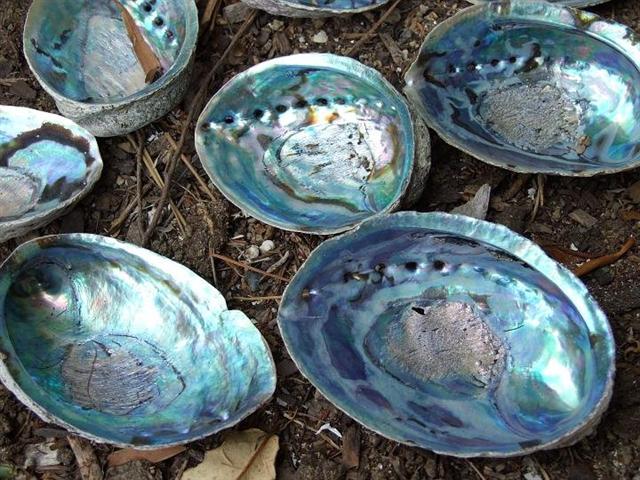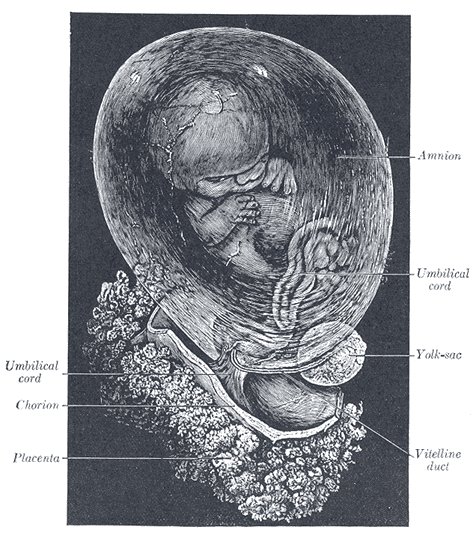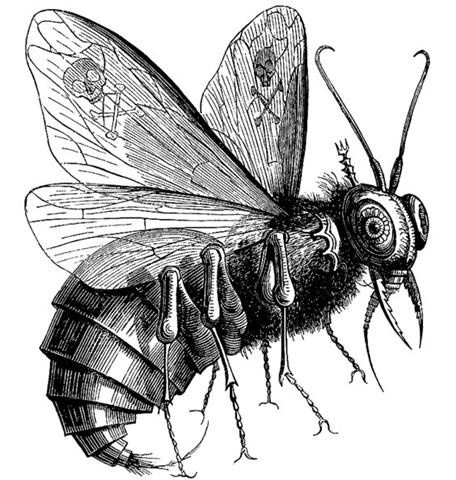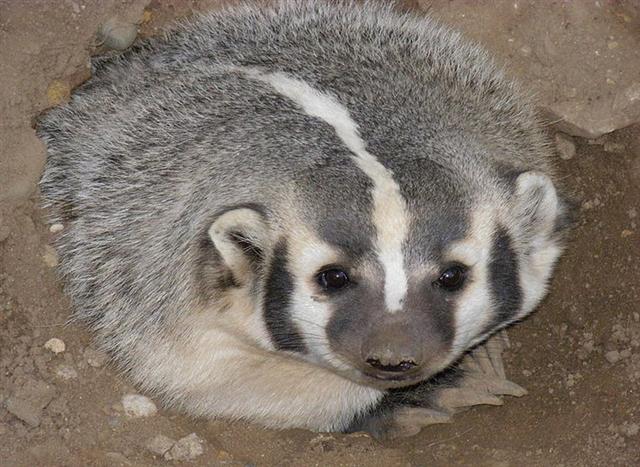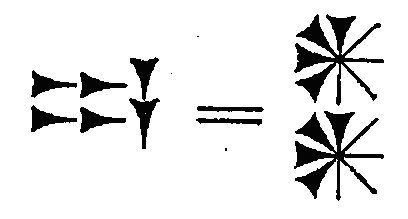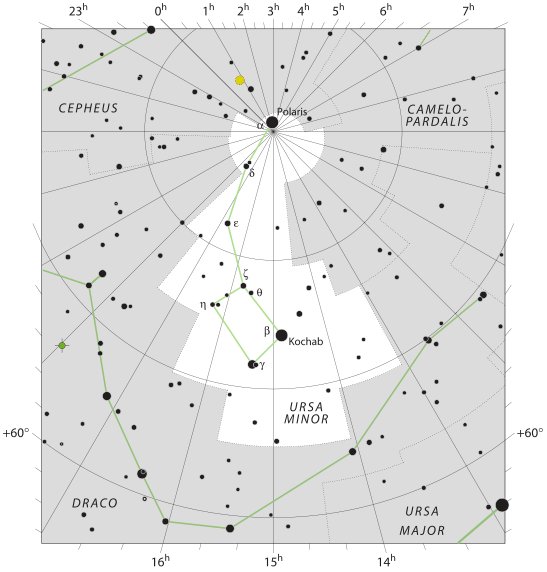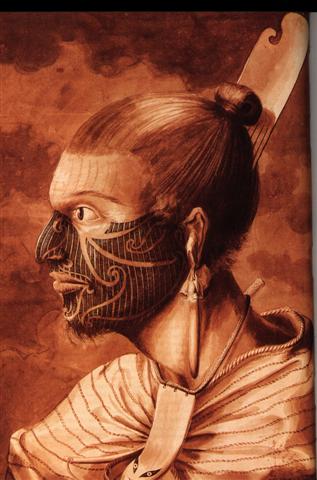The loading of the Royal Double Canoe seems to have incorporated all the important structural features and names in Hiva. First came the stone statue Takapau (marking the end of the old cycle, like Aldebaran). Pau = empty = 0. Taka, takataka. Circle; to form circles, to gather, to get together (of people). Vanaga. 1. A dredge. P Mgv.: akataka, to fish all day or all night with the line, to throw the fishing line here and there. This can only apply to some sort of net used in fishing. We find in Samoa ta'ā a small fishing line, Tonga taka the short line attached to fish hooks, Futuna taka-taka a fishing party of women in the reef pools (net), Maori takā the thread by which the fishhook is fastened to the line, Hawaii kaa in the same sense, Marquesas takako a badly spun thread, Mangareva takara a thread for fastening the bait on the hook. 2. Ruddy. 3. Wheel, arch; takataka, ball, spherical, round, circle, oval, to roll in a circle, wheel, circular piece of wood, around; miro takataka, bush; haga takataka, to disjoin; hakatakataka, to round, to concentrate. P Pau.: fakatakataka, to whirl around. Mq.: taka, to gird. Ta.: taa, circular piece which connects the frame of a house. Churchill. Takai, a curl, to tie; takaikai, to lace up; takaitakai, to coil. P Pau.: takai, a ball, to tie. Mgv.: takai, a circle, ring, hoop, to go around a thing. Mq.: takai, to voyage around. Ta.: taai, to make into a ball, to attach. Churchill. Pau. 1. To run out (food, water): ekó pau te kai, te vai, is said when there is an abundance of food or water, and there is no fear of running out. Puna pau, a small natural well near the quarry where the 'hats' (pukao) were made; it was so called because only a little water could be drawn from it every day and it ran dry very soon. 2. Va'e pau, clubfoot. Paupau: Curved. Vanaga. 1. Hakapau, to pierce (cf. takapau, to thrust into). Pau.: pau, a cut, a wound, bruised, black and blue. 2. Resin. Mq.: epau, resin. Ta.: tepau, gum, pitch, resin. (Paupau) Hakapaupau, grimace, ironry, to grin. 3. Paura (powder), gunpowder. 4. Pau.: paupau, breathless. Ta.: paupau, id. 5. Ta.: pau, consumed, expended. Sa.: pau, to come to an end. Ma.: pau, finished. 6. Ta.: pau, to wet one another. Mq.: pau, to moisten. Churchill. Paua or pāua is the Māori name given to three species of large edible sea snails, marine gastropod molluscs which belong to the family Haliotidae (genus Haliotis), known in the USA as abalone, and in the UK as ormer shells ... Wikipedia.
And then followed 65 well defined and named days:
Assuming the structure 22 + 7 = 27 had to be taken onboard the Royal Double Canoe, should not the creation of our present world at the precessional time depth of *70 be preceded by 27 items? *70 - *27 = *43:
Spring equinox on Easter Island coincided with "September 22 (265) at heliacal Zuben Elakribi - which was in the day after the North Pole star Kochab:
... around 3000 B.C. the Pole star was alpha Draconis; at the time of the Greeks it was beta Ursae Minoris; for the time being it is alpha Ursae Minoris; in A.D. 14,000 it will be Vega. The equinoxes, the points of intersection of ecliptic and equator, swinging from the spinning axis of the earth, move with the same speed of 26,000 years along the ecliptic ...
First came (in Hiva) the Father (Matua) and
then came his offspring (Poki). But at present they were
both at the
beginning of the kumara list, at the other side
of Polaris and 'covered up' so to say.
Counting 22 right ascension days from Kochab (*225 →
originally day 185) will bring us to *247 at the Chinese
5th station Heart: Koro. 1. Father (seems to
be an older word than matu'a tamâroa). 2.
Feast, festival; this is the generic term for
feasts featuring songs and banquetting; koro
hakaopo, feast where men and women danced.
3. When (also: ana koro); ana koro oho
au ki Anakena, when I go to Anakena;
in case, koro haga e îa, in case
he wants it. Vanaga. If. Korokoro, To
clack the tongue (kurukuru). Churchill.
Ma.: aokoro, pukoro, a halo around
the moon. Vi.: virikoro, a circle around
the moon. There is a complete accord from Efaté
through Viti to Polynesia in the main use of
this stem and in the particular use which is set
to itself apart. In Efaté koro answers
equally well for fence and for halo. In the
marked advance which characterizes social life
in Viti and among the Maori the need has been
felt of qualifying koro in some
distinctive manner when its reference is
celestial. In Viti virimbai has the
meaning of putting up a fence (mbai
fence); viri does not appear
independently in this use, but it is undoubtedly
homogenetic with Samoan vili, which has a
basic meaning of going around; virikoro
then signifies the ring-fence-that-goes-around,
sc. the moon. In the Maori, aokoro is the
cloud-fence. Churchill 2.
Hihi
ketuketu, to turn back the eyelids.
Kihipuka,
corresponding to sunrise, or about 6 A.M.
Tiputa.
Pau.: To bore, to perforate. Ta.: tiputa,
to pierce. Mq.: tiputa, id. Ha.:
kipuka, an opening. Churchill.
Al Dabarān-2 (The Follower)
HYADUM I
= γ Tauri
(63.4)
Net-19 (Crow)
... There was
no water in the village. The lakes and rivers
were dry. Raven and Crow, two young girls who
were having their first menstrual courses, were
told to go and draw water from the ocean.
Finding the journey too long, Raven decided just
to urinate into her basket-bucket. She decieved
no one and was severly scolded. Crow returned
much later but with drinking water. As a
punishment, Raven was condemned never to find
water in the summer; only in winter would she
find something to drink. For that reason the
Raven never drinks during the hot months; she
speaks with a raucous voice because of her dry
throat
...
Heart-5 (Fox)
Al
Kalb-16 (The Heart) /
Jyeshtha-18 (Eldest) /
ANA-MUA-1 (Entrance pillar) ... Proclus
informs us that the fox star nibbles
continuously at the thong of the yoke which
holds together heaven and earth; German folklore
adds that when the fox succeeds, the world will
come to its end. This fox star is no other than
Alcor, the small star g near zeta Ursae
Majoris (in India Arundati, the common
wife of the Seven Rishis, alpha-eta Ursae
...
... In the inscriptions of Dendera, published by Dümichen, the goddess Hathor is called 'lady of every joy'. For once, Dümichen adds: Literally ... 'the lady of every heart circuit'. This is not to say that the Egyptians had discovered the circulation of the blood. But the determinative sign for 'heart' often figures as the plumb bob at the end of a plumb line coming from a well-known astronomical or surveying device, the merkhet. Evidently, 'heart' is something very specific, as it were the 'center of gravity' ... See Aeg.Wb. 2, pp. 55f. for sign of the heart (ib) as expressing generally 'the middle, the center'. And this may lead in quite another direction. The Arabs preserved a name for Canopus - besides calling the star Kalb at-tai-man ('heart of the south') ... Suhail el-wezn, 'Canopus Ponderosus', the heavy-weighing Canopus, a name promptly declared meaningless by the experts, but which could well have belonged to an archaic system in which Canopus was the weight at the end of the plumb line, as befitted its important position as a heavy star at the South Pole of the 'waters below'. Here is a chain of inferences which might or might not be valid, but it is allowable to test it, and no inference at all would come from the 'lady of every joy'. The line seems to state that Hathor (= Hat Hor, 'House of Horus') 'rules' the revolution of a specific celestial body - whether or not Canopus is alluded to - or, if we can trust the translation 'every', the revolution of all celestial bodies. As concerns the identity of the ruling lady, the greater possibility speaks for Sirius, but Venus cannot be excluded; in Mexico, too, Venus is called 'heart of the earth'. The reader is invited to imagine for himself what many thousands of such pseudo-primitive or poetic interpretations must lead to: a disfigured interpretation of Egyptian intellectual life ...
And from the Heart we should count 6 - 1 = 5 'banana'
days to the swiftly running (naholoholo)
Aldebaran at the Full Moon:
Ho'o honua To establish land, act as land; to
scoop out earth, as for a fireplace; firmly established.
mauga
kai
May
30 (150)
ragi
Rohini-4 (The Red One) /
Pidnu-sha-Shame-4 (Furrow of Heaven)
/
ANA-MURI-2 (Rear pillar - at the foot of which
was the place for tattooing)
(3112 BC + AD 1842) *
365.25 / 26000 = 70 |
|||||||||||||||||||||||||||||||||||||||||||||||||||||||||||||||||||||||||||||||||||||||||||||||||||||||||||||||||||||||||||||||||||||||||||||||||||||||||||||||||||||||||||||||||||||||||||||||||||||||||||||||||||||||||||||||||||||||||||||||||||||||||||||||||||||||||||||||||||||||||||||||||||||||||||||||||||||||||||||
